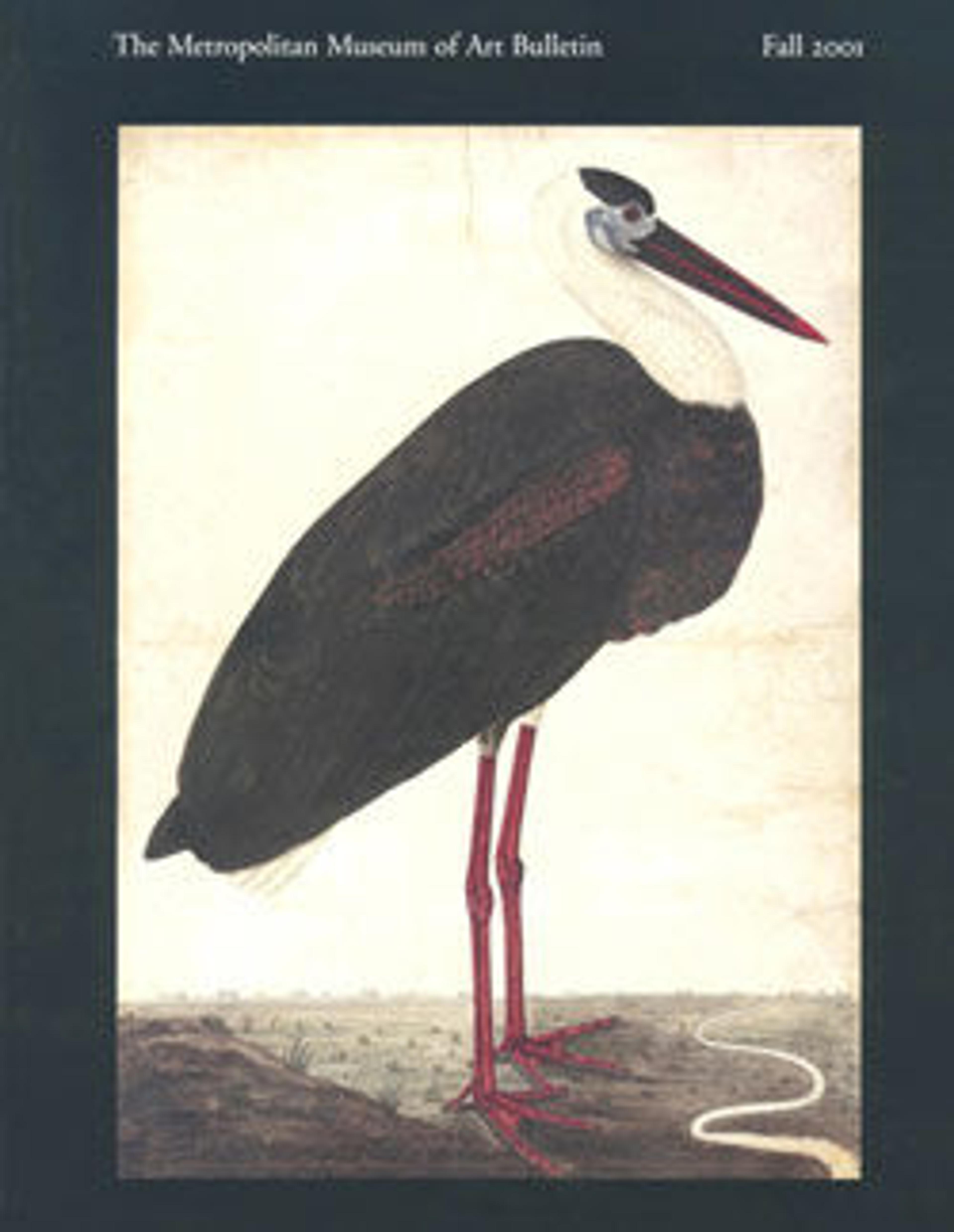A Sermon in a Village Church
This sheet, a relatively recent addition to Rubens's drawn oeuvre, is exceptional in several ways. Even if it seems to have been slightly cropped (especially at the left and the top), it remains one of the artist's largest works on paper. Its technique is much richer than that of most of his other drawings, combining chalk and paints, and gives the work the appearance of an oil sketch. The subject matter may be considered unique for Rubens. In a simple village church, a Catholic priest can be seen preaching to farmers and peasants—men on the left and women on the right—who listen with varying degrees of attentiveness. Obviously observed from nature, the scene can be connected only with the landscapes and studies related to farm life that he made at the end of his career, when he spent much of his time on the estate near Malines that he acquired in 1635. Rubens's composition (if not the vivacity and freshness of the drawing) has been repeated by other artists in a few painted copies. There is, however, no indication that Rubens himself made the drawing for any other reason than to record a moment he had witnessed and thought worthy of his talents.
Artwork Details
- Title: A Sermon in a Village Church
- Artist: Peter Paul Rubens (Flemish, Siegen 1577–1640 Antwerp)
- Date: ca. 1630
- Medium: Black chalk, oil- and water-based paints
- Dimensions: 16 5/8 x 22 9/16 in. (42.2 x 57.3 cm)
- Classification: Drawings
- Credit Line: Harris Brisbane Dick Fund, 2000
- Object Number: 2000.483
- Curatorial Department: Drawings and Prints
More Artwork
Research Resources
The Met provides unparalleled resources for research and welcomes an international community of students and scholars. The Met's Open Access API is where creators and researchers can connect to the The Met collection. Open Access data and public domain images are available for unrestricted commercial and noncommercial use without permission or fee.
To request images under copyright and other restrictions, please use this Image Request form.
Feedback
We continue to research and examine historical and cultural context for objects in The Met collection. If you have comments or questions about this object record, please contact us using the form below. The Museum looks forward to receiving your comments.
